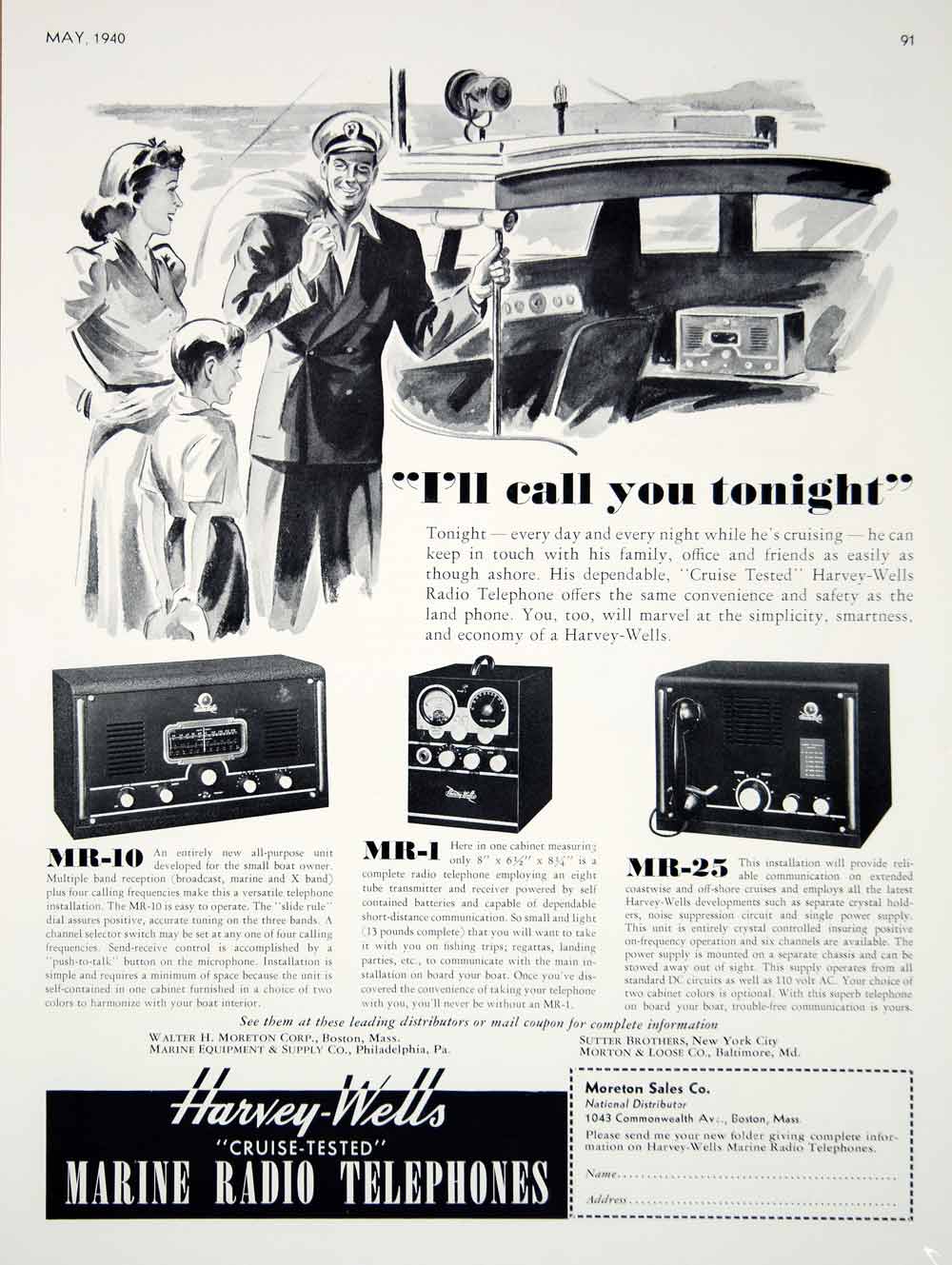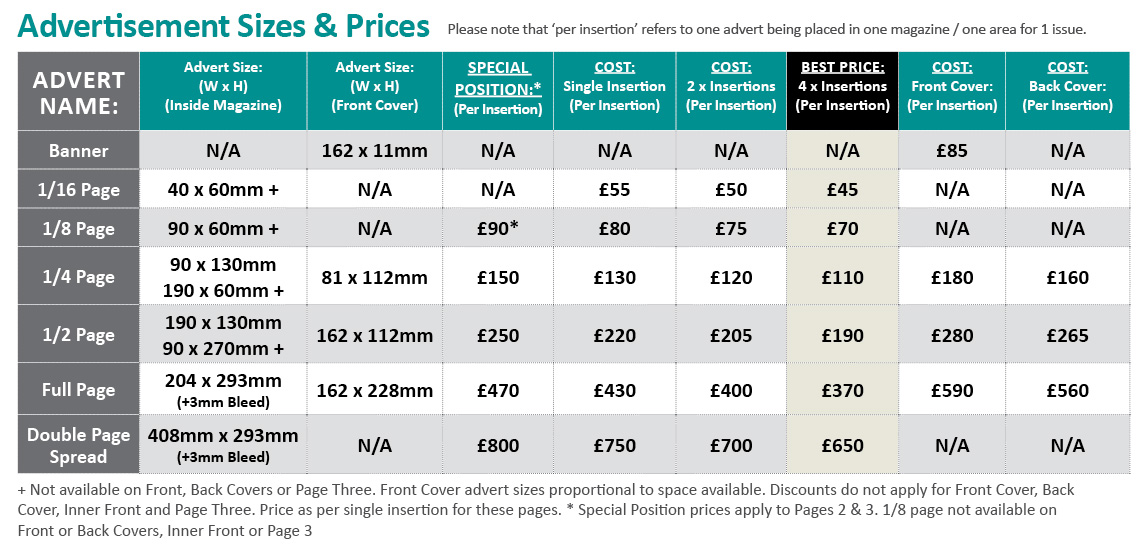
Television was one of America's most influential cultural influences during the 1950s. Advertising was a popular way of promoting products and encouraging purchases during that decade. They were also an integral part in daily life. The decade's ads were a reflection of the American society of the time.
Advertisers were always eager to sell their products. Advertisements in 1950s were much longer than they are today. They featured everyday people buying and using products. Speedy Alka Seltzer and Gillette were some of the most iconic 1950s TV commercials.
Advertisers had to work hard to build their brands in people's minds. They were often catchy and animated in their ads. Jingles were also popular. Sponsors would often not allow competing brands to be in the scene.
Lucky Strike's ad "Be Happy, Go Lucky" was, in fact, the most popular ad. It featured a beetle character, which gave viewers a sense originality. Betty White played the lead role in the commercials.

The most prominent products advertised on television during the decade were tobacco, alcohol, and cigarettes. According to a journal on tobacco, tobacco was a large potential market for women. These ads sought to convince viewers that smoking was a cool thing.
TV ads encouraged women during the decade to keep their houses clean, and to support their husbands. Television advertisements were typically longer than traditional print ads, and could also be seen at late hours and on Sundays.
The advertising depicted women as mothers and focused on their children. The belief that prosperity was a sure thing in the post-World War II years was the basis of the advertising. Americans started to seek products that are more personal and reflect their individuality by the 1960s.
Advertising reflected the ideal family in the 1950s. In this time, wives were expected to be sweet and loving and maintain their homes as well as prepare meals. They were also encouraged spend on frivolous matters.
In the early 1950s, a few famous actors starred in television commercials. John Cameron Swayze was a news anchorman. He used outboard motors, Jackhammers, and waterskis to test Timex watches. He also smoked sponsor's cigarettes. This was required for the commercial to be approved.

Advertisers were encouraged create a unique image of their products. Advertisers employed TV cowboys to market their youth-oriented products during this decade. Other 1950s ads include the PG Tips ad with Peter Sellers and chimps.
Television was becoming more mainstream, and advertisements became an increasingly popular form of entertainment. Increasing numbers of TV stations were created to accommodate the demand. Around 3.1 million American houses had televisions installed by the 1950s. Televisions were expensive so advertisers had no choice but to limit their ads to 30 seconds.
Another well-known commercial was the first TV ad for color television. This was an advertisement for Volkswagen. Color was a big trend in this era. The same trend was adopted by many other companies.
FAQ
What is an advertisement buyer?
An advertiser purchases advertising space on TV, radio or print media.
Advertisers are paid for the time that their message will appear.
They do not always look for the best ads, but are looking for the most effective to reach their target audience.
Advertisers may have demographic information such as the age, gender, marital status, income level, occupation, hobbies, and interests of their customers.
This data can be used by the advertiser to decide which media is most effective for them. They may decide that direct mail works better with older people.
Advertisers also consider the competition. Advertisers may decide to place their ads in close proximity to similar businesses.
Advertisers should also consider how much money they have available and how long it takes to use it.
Advertising: What is it?
Advertising is an art. It's more than just selling products. It's about building emotional bonds between brands and people.
Advertising is about telling stories and using images to communicate ideas.
It is important to communicate clearly and persuasively. You must tell a story that is relatable to your target market.
This makes advertising different from other forms of communication, such as public speaking, writing, or presentations.
By creating a successful campaign, you can create your brand identity.
This is how to be remembered. You become someone who people want to remember.
What are the basics of television advertising?
Television advertising has the potential to reach large audiences at once. It was also quite expensive. It is powerful, however, if it is used well.
There are many different types of TV ads, but they all have certain common characteristics. The first thing to remember when planning any type of TV ad is to ensure it fits into its category. It is not a good idea to try and run a lifestyle TV commercial while running a product or service commercial. Your message must be consistent throughout the campaign.
It is important to remember that ads are best aired during prime-time. This is because viewers tend to watch TV while sitting down in front the television. You want them to be comfortable enough to listen to your words.
Last but not least, just because you have a lot of money does not mean that you will get great results. Actually, it could be the contrary. According to University of California research, commercials airing during popular shows are less likely to be seen and sell more products than those which air during unpopular shows. So, if you spend a lot of money on TV advertising, ensure you do it right.
What is an Ad Campaign?
Advertising campaign refers to a series of advertisements intended to promote a product. It can also refer to the whole production of such ads.
The Latin word for "to Sell" gives rise to the term "ad". Marcus Terentius Varro (116–27 BC) was the first person to use it. It meant "to sell".
Advertising campaigns are most often done by large agencies or businesses. Many media types can be used in these campaigns, including television, radio and print.
Advertising campaigns usually last several months, and they have specific goals. Some campaigns are designed to increase awareness, while others aim to increase sales.
What is affiliate marketing?
Affiliate marketing allows you to make money by referring people to other websites that sell products or services. You get paid by the product owner when someone buys from them.
Referrals are the foundation of affiliate marketing. You don't have to do anything special for people to buy from you. You just need to refer them to our website.
Making money doesn't require any hard selling. It's equally easy to sell and buy.
Even affiliate accounts can be set up in just minutes.
The more you refer people, the more you'll receive commission.
There are two types.
-
Affiliates who have their website owned by them
-
Affiliates working for companies offering products or services.
Social media is a great way to advertise your business.
Social Media Marketing (SMM), allows you reach customers wherever they are on social media networks like Facebook, Twitter and LinkedIn. These networks can be targeted with keywords.
This advertising method is much more affordable than traditional marketing methods because it costs less to market online. It allows you build strong relationships between your potential and existing clients.
It's easy to start using social media to promote your business. You only need a smartphone or computer and internet access.
What should you know about printing advertising?
Print advertising can be a powerful medium for communicating with customers. Many companies use it to promote products and services. Its main purpose is to grab the attention of consumers.
Print ads are usually short (one page) and contain text, pictures, logos, and other graphics. They can also include sound and animation as well video and hyperlinks.
The following are the main types print advertisements:
1. Brochures are large-format printed materials that are designed to draw people into shops. Brochures often feature eye-catching designs and colorful photos.
2. Catalogues are smaller versions than brochures. They are typically sent to customers who have requested information on specific items.
3. Flyers are small pieces or paper distributed at events such concerts and fairs. These flyers are usually free, but they must be purchased if given to retail outlets.
4. Posters – These are larger versions for flyers. They are displayed on walls, fences, and buildings. They are typically created using computer software programs that aim to attract the attention of passersby.
5. Direct mail – This is a direct mailing of letters or postcards directly to customers. These are sent to customers periodically by businesses to remind them about their business.
6. Newspaper Ads – These are ads that appear in newspapers or magazines. These ads are often quite long and include both text and images.
Statistics
- In 1919 it was 2.5 percent of gross domestic product (GDP) in the US, and it averaged 2.2 percent of GDP between then and at least 2007, though it may have declined dramatically since the Great Recession. (en.wikipedia.org)
- Advertising spending as a share of GDP was about 2.9 percent. (en.wikipedia.org)
- Google will display whichever ad type (CPM or CPC) is expected to earn more revenue for the publisher, which is in Google's best interest since they take a 32% share of the revenue. (quicksprout.com)
- This means that at least 50% of an ad needs to be shown on the screen for at least one second. (quicksprout.com)
External Links
How To
How to create sponsored ads on Facebook
Facebook has been one of the most popular social media platforms. According to estimates, there are 1.79 million active monthly users around the world. This number continues to grow every day.
Facebook is free. But, if you wish to reach your audience directly, you need to pay. You can use paid advertising options such as banners, promoted posts, etc.
Log in to an existing app, if you already own one. If not, click "Create New App". These are the steps to follow:
-
Click "Add Platform" in the Apps section.
-
Click on "Advertising" and then click Continue.
-
Complete the form and send it in.
-
After approval you will receive a ClientID and Secret key. Copy them down.
-
Add the keys to the appropriate fields.
-
Type the campaign name and choose the currency.
-
Click "Start Campaign"
-
Follow the instructions until you see the first banner. The URL will be copied and you can return to Facebook.
-
Paste your code in the box provided by Facebook.
-
Click on "Save Changes"
-
Your ad should be now live!
-
For each additional banner that you wish to make, repeat steps 10-12.
-
Click "Continue" when you're done.
-
Finish the last step to create your ad-group.
-
To view all your campaigns, click on the "View All Ads” button once you have completed.
-
To delete any ads click on the "Remove Ads” button next to each individual ad.
-
If you don't see any results after running your campaign you should double-check that you followed the instructions correctly.
-
You can check the date range for your campaign.
-
Set your budget accordingly.
-
Keep your changes safe.
-
Review the settings for your campaign before clicking "Submit."
-
Wait for your ads to appear on your timeline.
-
Congratulations for a job done well!
-
Let's now take a look at some tips that can help you improve your results.